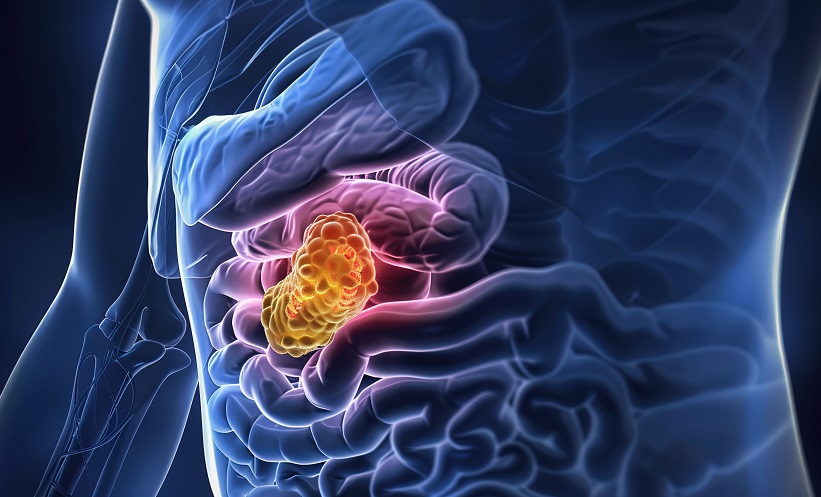This content was funded by AstraZeneca.
Over the past 50 years, endocrine therapies have transformed care for hormone receptor-positive (HR-positive), human epidermal growth factor receptor 2-negative (HER2-negative) advanced breast cancer, steadily improving patient outcomes.1 This video traces the evolution of treatment from tamoxifen and aromatase inhibitors1,2 to selective estrogen receptor degraders or downregulators (SERDs), cyclin-dependent kinase 4/6 (CDK4/6) inhibitors,3 and emerging therapies like next-generation SERDs and proteolysis–targeting chimeras (PROTACs).4,5 Learn how these advances aim to delay progression,3 preserve quality of life,6 and further push the boundaries of HR-positive, HER2-negative advanced breast cancer management.
Topics covered
- Recognize the decline in progression-free survival and quality of life following first-line endocrine therapy in HR+/HER2- advanced breast cancer3,6
- Explain why maximizing benefit in the first-line setting is critical to addressing this unmet need3,7
- Describe current standards of care and their limitations, including aromatase inhibitors, SERMs, and SERDs1,2,5
- Identify investigational approaches, such as next-generation SERDs and PROTACs, that may help bridge existing treatment gaps4,5
References
1. Jordan VC. Endocr Relat Cancer. 2014;21(3):R235-46.
2. Mouridsen H et al. J Clin Oncol. 2001;19(10):2596-606.
3. Hortobagyi GN et al. Ann Oncol. 2018;29(7):1541-7.
4. Lawson M et al. Cancer Res. 2023;83(23):3989-4004.
5. Patel R et al. NPJ Breast Cancer. 2023;9(1):20.
6. Marschner N et al. JAMA Netw Open. 2020;3(3):e200643.
7. Sonke GS et al; SONIA Study Consortium. Nature. 2024;636(8042):474-80.
©2025 AstraZeneca. All rights reserved. US-104466 Last Updated 9/25





